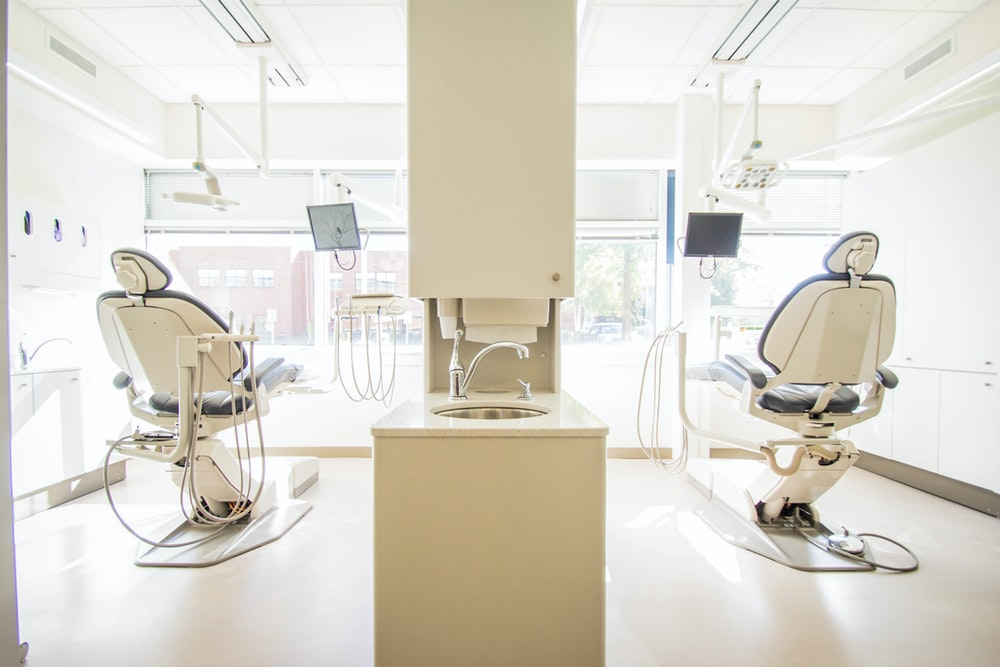
Digital dentistry is a new frontier in the context of human oral health. It spans from diagnostic procedures to treatment planning. Technology innovation is bringing countless improvements in the accuracy and efficiency of dental care, not to mention better patient experience. This article explains key innovations in digital dentistry and their effect on the future of oral health.
The Rise of Digital Dentistry
Digital imaging, 3D printing, and digital records greatly improve the accuracy of diagnosis and treatment. These technologies define imaging, restoration, and organized workflows that benefit dentists and patients alike.
Future innovations in AI, tele-dentistry, biomaterials, and nanotechnology will further revolutionize oral health care, making treatments more efficient and accessible. Our general dentist recommends staying informed about these technological advancements to make the most of the benefits they offer. By embracing digital dentistry, patients can experience more comfortable and quicker treatments, while practitioners can achieve higher levels of accuracy and efficiency in their work.
Improving Diagnostic Accuracy
Digital radiography improves diagnostics with clearer and higher-resolution images and exposes patients to far less radiation than conventional X-rays. It allows for the exact diagnosis of oral pathologies and easy electronic storage and sharing of images among dental professionals, allowing for better and more coordinated patient care.
Intraoral scanners increase diagnostics by creating three-dimensional images of teeth and gums in minute detail, thereby revealing problems that could not even be perceived by the naked eye. These scanners also dispense uncomfortable impressions, improving patients' comfort and facilitating workflow, which reduces treatment time.
Precision in Treatment Planning
Digital technologies not only facilitate the ease of diagnosis of dental problems but change the design of treatments themselves. CAD/CAM systems provide high accuracy in the fabrication of crowns, bridges, dentures, and other dental restorations. These systems create very accurate models with perfect fits, thereby lessening the need for adjustments by using digital impressions.
Moreover, digital technology improves communication between dental professionals and laboratories. Files are easily shared for faster turnarounds in digital dentistry, and the core competency in speed enhances collaboration. This enables faster treatment times and better patient results.
Advancements in Orthodontics
Digital technologies make the diagnosis of dental problems easier, but they also change the way treatments are designed. CAD/CAM systems provide high accuracy in the fabrication of crowns, bridges, dentures, and other dental restorations. These systems create very accurate models with perfect fits, thereby lessening the need for adjustments by using digital impressions.
Other digital tools used in orthodontics include 3D printing, which allows models and appliances to be fabricated with a very high level of accuracy. This enhances the precision of treatments while significantly reducing fabrication time.
The Role of Three-Dimensional Printing
In dentistry, 3D printing finds an ideal application area due to the possibility of making personalized dental appliances, surgical guides, and even prosthetic teeth with very high accuracy. Making models and appliances in the office by cores printed enables a reduction in patient waiting time and changes to be made immediately if necessary. Surgical guides created using 3D printing technology allow for very accurate placement of dental implants and minimize possible complications, thereby raising the success rate of implant operations.
Improved Patient Experience
The application of digital tools and technologies within the practice is associated with less discomfort to patients and fast postoperative recovery. For example, laser dentistry is a part of digital dentistry that provides minimally invasive options for procedures such as gum reshaping, cavity removal, and periodontal treatment.
Digital records and imaging allow for enhancing patient education. Dentists can show patients detailed pictures and simulations about a patient's oral condition and various treatment options, explaining further and sharing information as essential to making informed decisions by the patient and his involvement in his care.
The Future of Digital Dentistry
With technological advancements, there is great hope for digital dentistry. AI is set to play a significant role in diagnostics and treatment planning, helping dentists make more accurate assessments by analyzing vast amounts of information to identify patterns and predict outcomes.
Remote consultations and virtual checkups are becoming more common, providing easier access to care for patients in remote regions or with mobility issues.
Additionally, advancements in biomaterials and nanotechnology are poised to revolutionize restorative and regenerative dentistry. These innovations will lead to the development of more durable and biocompatible dental materials, improving the longevity and success of dental treatments.
Conclusion
Digital dentistry is revolutionizing oral health by enhancing precision, efficiency, and patient comfort. As technologies advance, dental professionals can offer more personalized treatments and faster diagnostics, ensuring optimal outcomes. Embracing these innovations, the future of oral health promises to be more accessible, effective, and patient-centric than ever before.